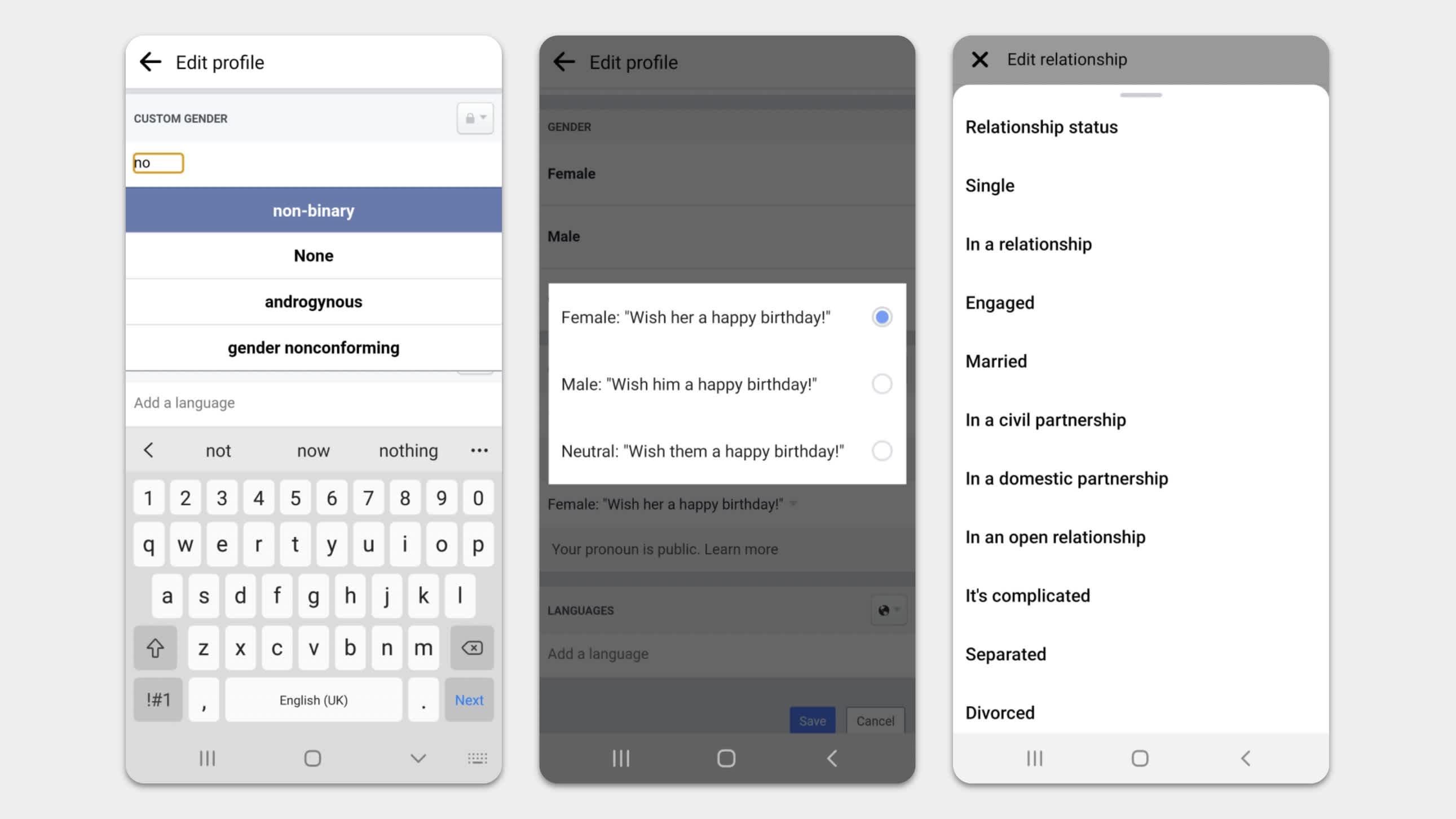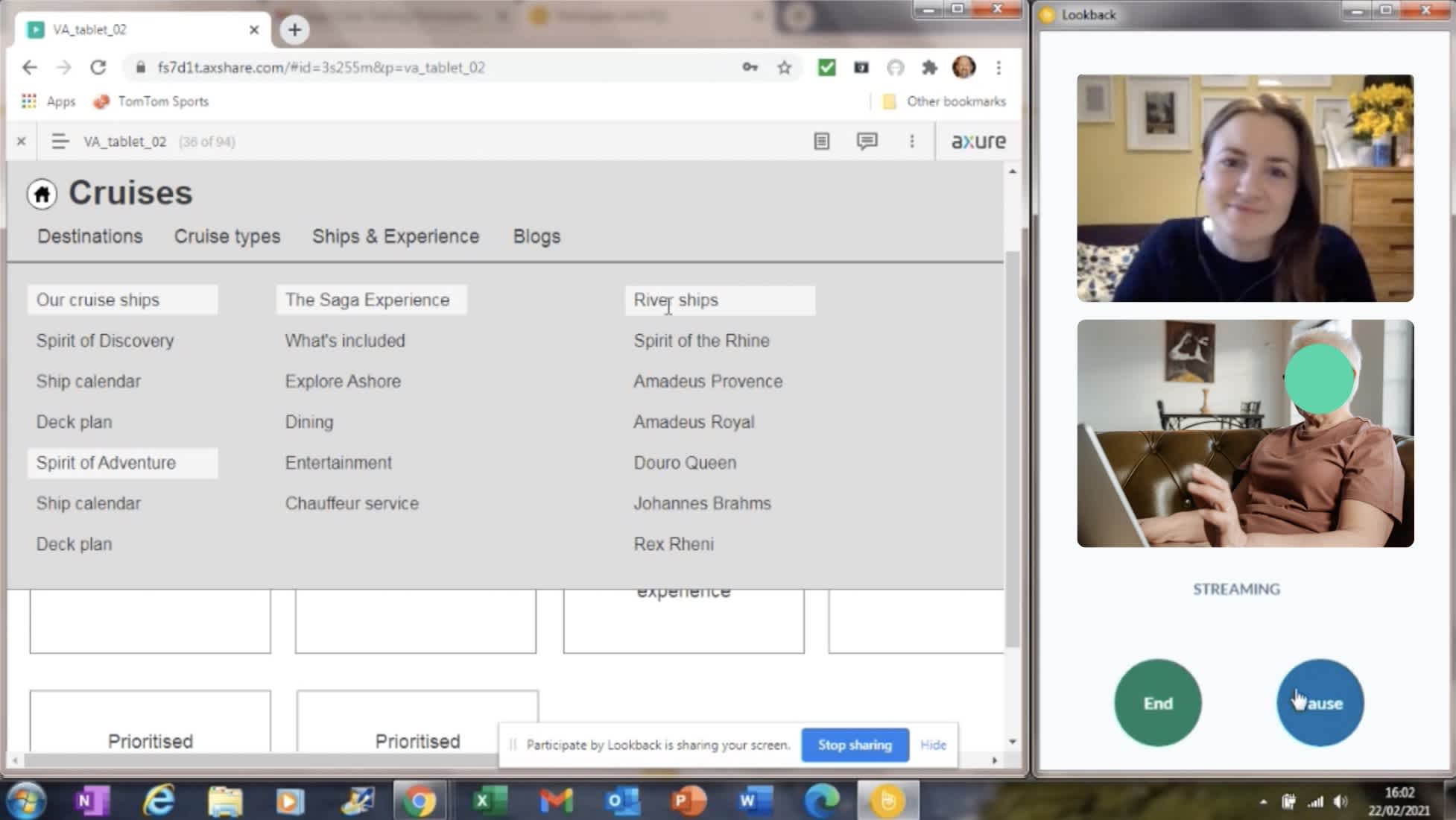The importance of inclusive design

Inclusive Design is a really hot topic in the technology industry right now. In fact, all topics in the Diversity, Equity & Inclusion landscape are incredibly current. However, just before we dig into the importance of inclusive design, we should cover what it actually is...
Inclusive design is two things. It's a verb and a noun. It's both the act of including a diverse range of real people in the design process, and the creation of designs that are inclusive of everyone who uses them. Note that it's incredibly difficult to create an inclusive design (the noun) without practising inclusive design (the verb)!
OK, but what does it really mean to be "inclusive"? It's all about including people - specifically the people who will be using the product or service that you are creating.
The UK is incredibly diverse, the latest census (2019) reports that:
13.2% of the UK population are from a minority ethnic background (40% in London)
14% are foreign born
22% have a disability
22% are over 60
These statistics cover just a few elements of diversity - and of course there's many many more. So with these in mind, excluding people for any reason - whether intentionally or by accident - means excluding a huge number of people.
An example of inclusive design
It's easiest to discuss with an example; say designing the "About me" section for Facebook. What options should we have for title, gender, sexual orientation, relationship status? Should we have them at all? We've chosen this example because Facebook used an inclusive design process where they invited members of a wide variety of communities and backgrounds to help them design the "About me" section.
By including a diverse range of users in the design process, Facebook has been able to create something that welcomes, supports and most importantly, doesn't exclude people - of all different backgrounds.

The importance of inclusive design - the noun
The whole world is waking up to the realisation that it's an easier world to navigate if you are born with certain traits, and make particular life choices. The design of many, many physical and digital things are inaccessible and exclude people. Inclusive designs however, don't discriminate. This is why it's so important.
It's easy to think of discrimination in terms of words and actions, but design can discriminate too. One of our favourite examples of physical inclusive design, is the “stramp” staircase in Robson Square, Vancouver by Canadian architect Cornelia Oberlander that weaves stairs and ramps into a beautiful feat of architecture - and doesn't discriminate against those with less mobility, wheelchairs, or giant suitcases. This, like other great inclusive designs, makes things better for everyone.
The importance of inclusive design - the verb
Designs that exclude people are rarely created with the intention of excluding people, it very commonly happens 'by accident'. It's unlikely that the inventor of the escalator was intentionally designing something that doesn't work for wheelchair users for example. The problem here is that for those people affected, they are still affected - whether it was an intentional design choice or not.

It takes humility to practice inclusive design, because it asks you to put pride aside and admit that you don't know everything. You have to realise that you need other people's involvement to create something that truly works for everyone.

Here's a few examples from our experience:
understanding the needs of 60-90 year old cruise holiday makers
empathising with people who have been victims of spiking in a club
uncovering the lifelong experiences of people who suffer from migraines
These are just three examples of projects where without including customers in our work, and understanding their whole lives, we simply wouldn't be able to create a digital experience that is worthwhile.
One word of warning though, with those examples it was very clear to us that we absolutely had to practise inclusive design. However, watch out for the less obvious. It can be easy to pick up a project for clients like O2 and easyJet (having purchased phones and taken flights ourselves) and accidentally design based purely on our own experiences. These types of scenarios can give a false sense of security, so watch out!
It's very important to put your biases aside, get out there and speak to customers - you will always be surprised to learn about completely new ways that people interact with brands and experiences that you yourself have used. Plus, you’ll be surprised by just how easy it is to do. Many of our clients have retail locations where we speak to customers, call centres where we can listen in and customer panels we can reach out to. Alternatively, recruitment has never been easier - there’s lots of panel websites that make finding customers to interview really easy and inexpensive.
So to conclude... Inclusive design is incredibly important because discrimination through design is real, and it's easy to do it by accident. Involving real customers in your work is an incredibly inspiring and rewarding experience and should be an essential part of every project toolkit. Enjoy!
About the Author
Steph Marques | UX DirectorSteph has over 10 years experience of finding ways to bring business, customer and technology together into products and services that deliver and delight.
She has worked with clients such as O2 on their digital transformation and innovation, Domino’s on their ecommerce platforms and Saga on their website ecosystem redesign.
Steph is passionate about Diversity & Inclusion, and leads the Accessibility Collective at Bernadette - evangelising and training the team in accessible design and development.

Let's talk
Got a business challenge that’s looking for an innovative digital solution? Or, perhaps you’re interested in joining our collective of digital pioneers? Maybe you just want to know a little more about what we do. In any case, we’d love to hear from you.

